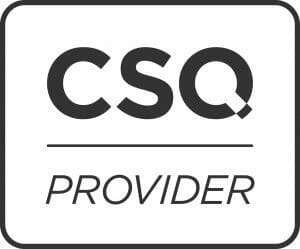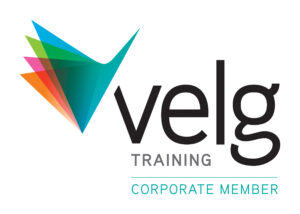About this Course
Course Description:
This course covers the requirements for operating a crane mounted to a vehicle for loading and unloading the vehicle.
Successfully completing this course will allow you to operate any vehicle loading crane (such as Hiab’s and Palfinger’s) which have a lifting capacity less than 10 metre tonnes.
Location:
Public courses run at Kallibr Training (RTO 32365) locations in Sydney NSW and Brisbane QLD
Private training can be organised and conducted onsite if the following training and assessment requirements are met:
- A room with access to power, a blank wall for presentation, a projector screen or a large TV, table/s and chairs.
- Clear flat operating area.
- Vehicle loading crane with a max rated capacity less than 10 metre tonnes in safe/serviceable working order in accordance with manufacturers specifications
- Appropriate load for practical loading and unloading.
Course Outline
- Available at Ingleburn, Salisbury
- Onsite training available
- Nationally recognised
- Group discounts available
- Online booking available
Course Availability & Pricing
Please see our public course dates below. If there are no dates available or you would like to arrange a private course at your site or ours, then please select the ‘Private courses’ button.
Course Outcomes
Learning Outcome
On completion of the course, participants will have gained the following skills and knowledge to:
- Plan Operations: Hazard management and consultation
- Pre-operational Inspections: Crane and associated equipment
- Set up: Outriggers, crane boom and lifting equipment
- Transfer Loads: Shift loads with slings and mobile loads
- Conclude Operations: Shut down and pack up crane and equipment following site specific procedures
Outcome
A nationally recognised Statement of Attainment
Further Information
How to calculate the metre tonne rating of your Vehicle Loading Crane
Vehicle loading cranes are rated in metre tonnes. This tends to cause some confusion amongst users. It is particularly important to understand the size requirements of your crane, because licensing requirements in Australia for vehicle loading cranes is determined by the rated capacity of the vehicle loading crane.
Vehicle loading cranes rated at 10 metre tonnes or above require a CV license to operate them.
So how is this rating determined?
To calculate the metre tonne rating of your crane, you need to:
- Refer to your crane’s load chart (located on the boom of the crane).
- Determine from the load chart the MAXIMUM LOAD (in Tonnes) your crane can lift at each particular RADIUS (In Metres).
- Multiply these 2 numbers together (Metres X Tonnes)
- If the answer is equal to or greater than 10, then you require a CV license to operate your Vehicle Loading Crane.
Example: Look at the load chart below from a knuckle boom crane.
Therefore: 3.1 metres x 5.2 tonne = 16.12 metre tonnes
This crane requires a High Risk Work (CV) license to operate it.

Do I need to hold Dogging to complete Vehicle Loading Crane under 10 metre tonne?
Dogging is not a prerequisite for vehicle loading cranes under 10 metre tonnes however, a high risk work licence for dogging (class DG) is required by anyone who applies slinging techniques to a load, which includes:
- calculating safe angles for slings or chains
- selecting the type of sling or chain to be used
- selecting the correct method to secure the load
- selecting the safe method to lift or turn the load
- checking the conditions of lifting gear for wear and tear.
A DG licence is also required by anyone directing the operator of a crane or hoist in the movement of a load when the load is out of the view of the operator.





